As spring settles in, it is important to make sure your lawn and garden are well-prepared for the growth spurt they’re about to hit. There are several components to spring lawn care, so we’ve broken them into categories.
Many of these tasks are an easy DIY project, but for those looking for quality commercial lawn care, there are always experts available to help out!
Click here to get a free service quote from Lawn Service Fort Worth.
Rake
That’s right, raking is one of the very first things you need to do. This is important not only for pulling away leftover debris, but also for loosening the top layer of your grass. A spring-tine rake will gently pull away thatch buildup without harming the fresh grass blades growing in.
Lawn Equipment
Your mower, edger, and weed eater have all been sitting in the garage or shed all winter long. Before you fire them up, make sure they’re in good working order.
Check for cracks or thin spots in the cords. Make sure they haven’t collected any rust or standing water. And check the battery power and/or fuel level to make sure they’re ready to be used.
Mowing
Once you’ve given your yard a good work-over with the rake, you can turn all those loosened bits into natural mulch with your lawn mower. Leave behind anything you’ve turned up, and allow it to replenish the soil with nutrients. If you wish to spread the love, you can use a bag mower to redistribute the broken-down bits of debris into your garden area as well.
Overseed
If you’ve got any thin or bare spots in your lawn, now is the time to fill them in with overseeding. While it does take a bit for grass seeds to sprout, this is a simpler and more cost-efficient method of filling in those areas than laying new sod.
Fertilize
Whether you choose to overseed or not, early spring is a great time to fertilize. Your grass, garden, shrubs, and trees are all entering a time of active growth, so they will hungrily soak up the nutrients.
Be sure you use a fertilizer that is right for your lawn and plants’ needs. Most North Texas lawns need a nitrogen-rich fertilizer. This is especially important for areas with new seeds, as you want to be sure they’re getting adequate nutrients as they sprout and form root systems.
Weed Control
If you’ve had problems in the past with intrusive species like crabgrass or quackgrass, be sure to use a pre-emergent herbicide early in the season. Once these foes have sprouted in your lawn, they can be very difficult to get rid of.
However, you want to be careful. Any area where you are overseeding to fill in a thin spot should not be treated with a pre-emergent product. It will stop the growth of healthy grass as well as intrusive plants.
Water
Most North Texas grasses need about 1 inch of water per week. There is some variation, but one inch is a good rule of thumb. Keep in mind that deep watering is more effective than frequent watering.
An occasional “dry spell” actually helps your grass form deeper, stronger root systems. This is because they’ll reach more deeply into the topsoil to find moisture, which results in a more resilient grass bed.

Thanks for enumerating the ways in how to properly take care of the lawn. My wife’s the one who usually takes care of ours, but she’s away for a business trip for three months. We’ve got a few bare spots on our front lawn, and I like that you said spring is the best time to fill them in with overseeding which is a more cost-effective option than laying new sod. However, since I’m having such a hard time maintaining our lawn because I have little to no knowledge about lawn maintenance, I think it would be best if I would just hire a lawn care service. Thanks for your article though!